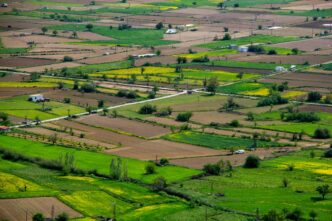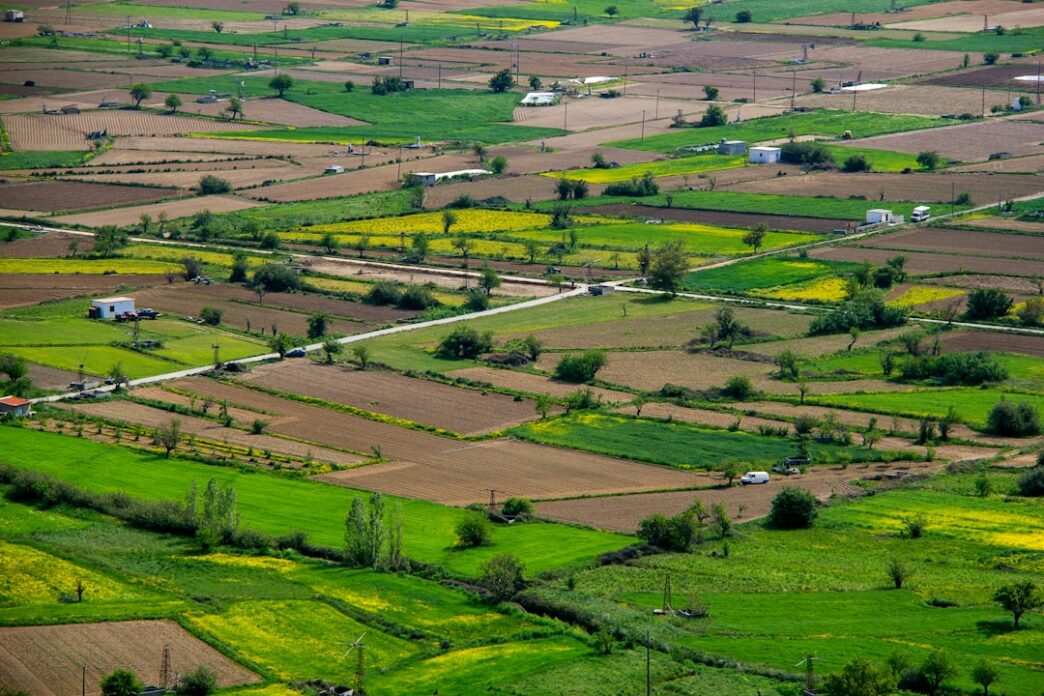In recent years, the emergence of financial technology has been revolutionizing sectors thought to be resistant to change, particularly in rural areas. The agricultural industry, which employs millions globally, is witnessing a transformative journey as fintech solutions begin to bridge long-standing financial divides.
Consider the case of India’s Kiva, a platform connecting small-scale farmers with lenders through microloans. The ethos behind Kiva is simple: empower individuals by giving them access to capital without the burdensome requirements imposed by traditional banks. Farmers can request loans for equipment, seeds, or even education, and lenders from anywhere in the world can choose which projects to fund. This model not only enhances financial inclusion but drives economic growth in regions struggling with poverty.
Another compelling example is Nigeria’s Paystack, which has evolved from a payments processor to a comprehensive financial service provider. Paystack has made it easier for rural businesses to accept digital payments, thus facilitating commerce where cash transactions once ruled. With the push towards digital banking, smallholder farmers can now engage with broader markets, reducing dependency on local middlemen who often exploit their limited bargaining power.
Digging deeper into the technological aspect, mobile banking applications like M-Pesa in Kenya have redefined how rural populations interact with money. By allowing users to send and receive money via their mobile phones, M-Pesa has not only sped up financial transactions but also enabled farmers to save and invest their surplus efficiently. Research indicates improved household consumption and investment levels in communities utilizing these technologies.
Yet, the transition to a fintech-driven approach is not without barriers. Access to reliable internet and smartphones remains limited in many rural areas, often hindering the full potential of these technological advancements. Governments and private sectors must collaborate to improve infrastructure to support such initiatives. For instance, the partnership between the Kenyan government and Safaricom has been pivotal in expanding M-Pesa’s reach, demonstrating the importance of public-private partnerships in scaling fintech solutions.
Moreover, the rise of decentralized finance (DeFi) presents a new frontier for rural economies. While still a nascent concept, DeFi platforms allow individuals to lend, borrow, and earn interest on their crypto assets without traditional banking intermediaries. Though not yet widely adopted in rural sectors, there is potential for DeFi to provide farmers with unprecedented access to liquidity, deepening their financial engagement.
It’s vital to acknowledge the potential pitfalls of these innovations. As fintech penetrates rural markets, there is a risk of over-indebtedness among farmers who may lack financial literacy. Educational initiatives, coupled with technology, can mitigate these risks, ensuring that users understand the implications of borrowing and the associated costs.
The convergence of fintech and rural development is gradually reshaping how underserved communities access financial services. The success stories emerging from India, Nigeria, and Kenya highlight a path forward, but they also underscore the necessity for robust support systems and infrastructure to enable these technologies to thrive.
As these financial ecosystems evolve, they hold the promise of not just lifting individuals out of poverty but catalyzing broader economic resilience and growth. The challenge lies in ensuring that these technological advancements are accessible to all, fostering an inclusive financial landscape where opportunities abound.













